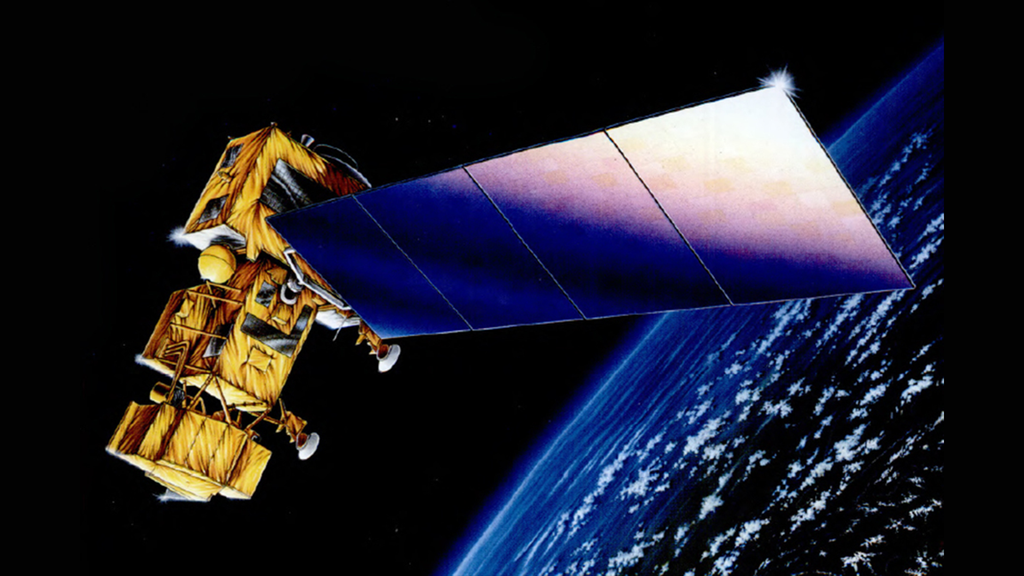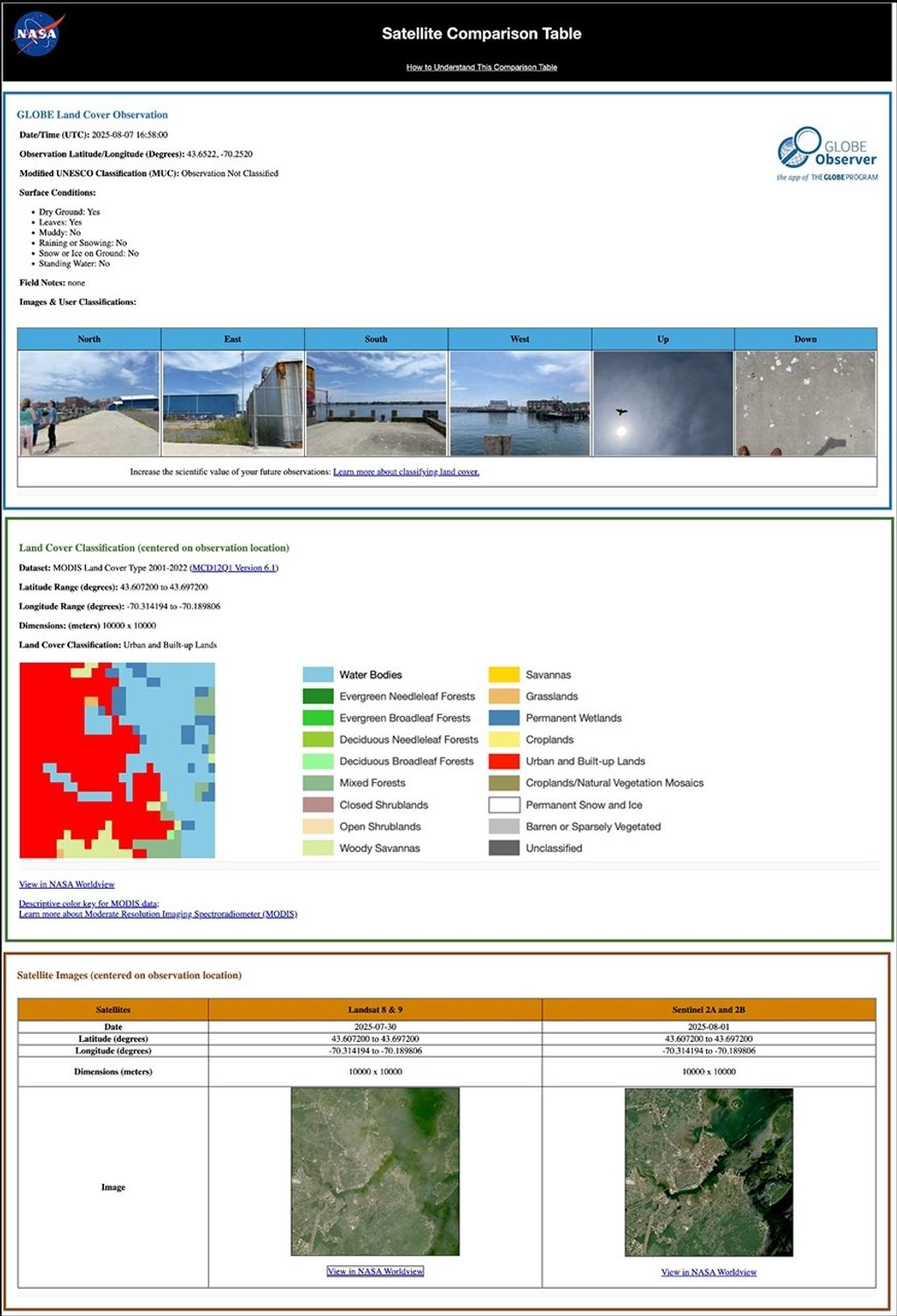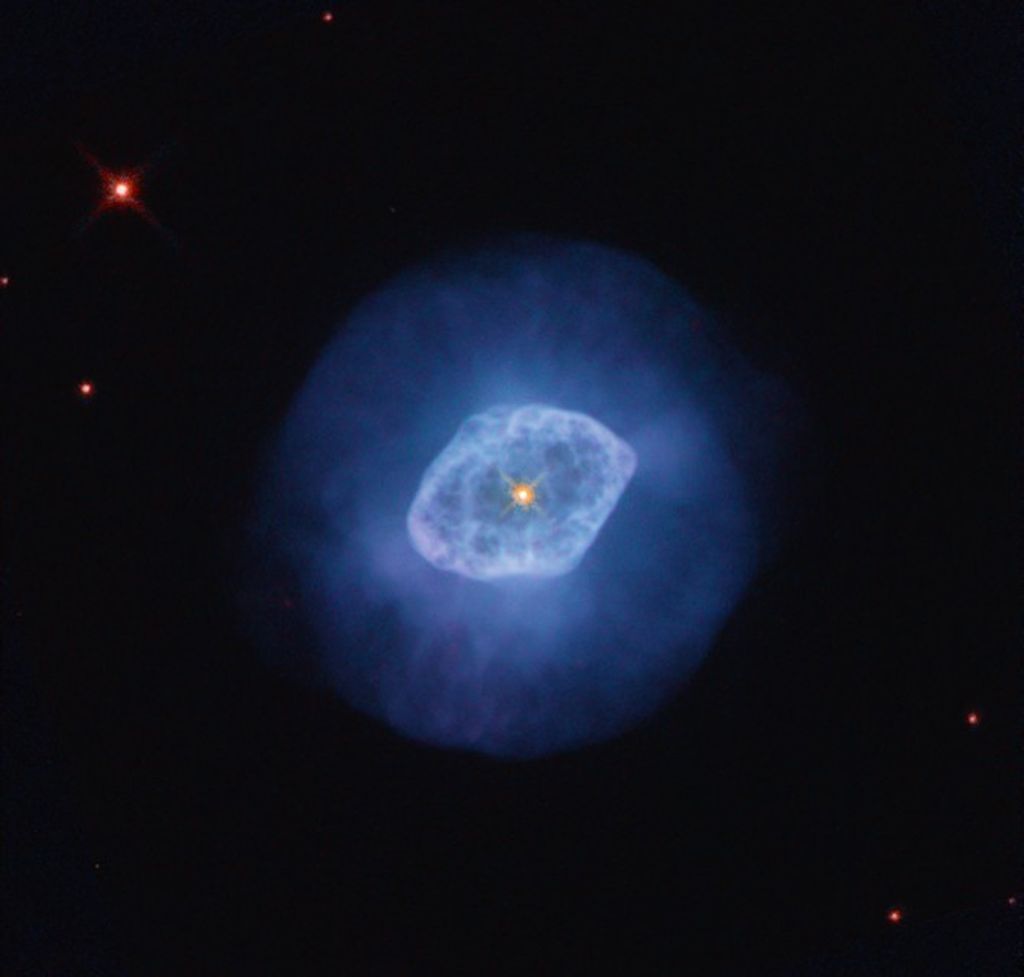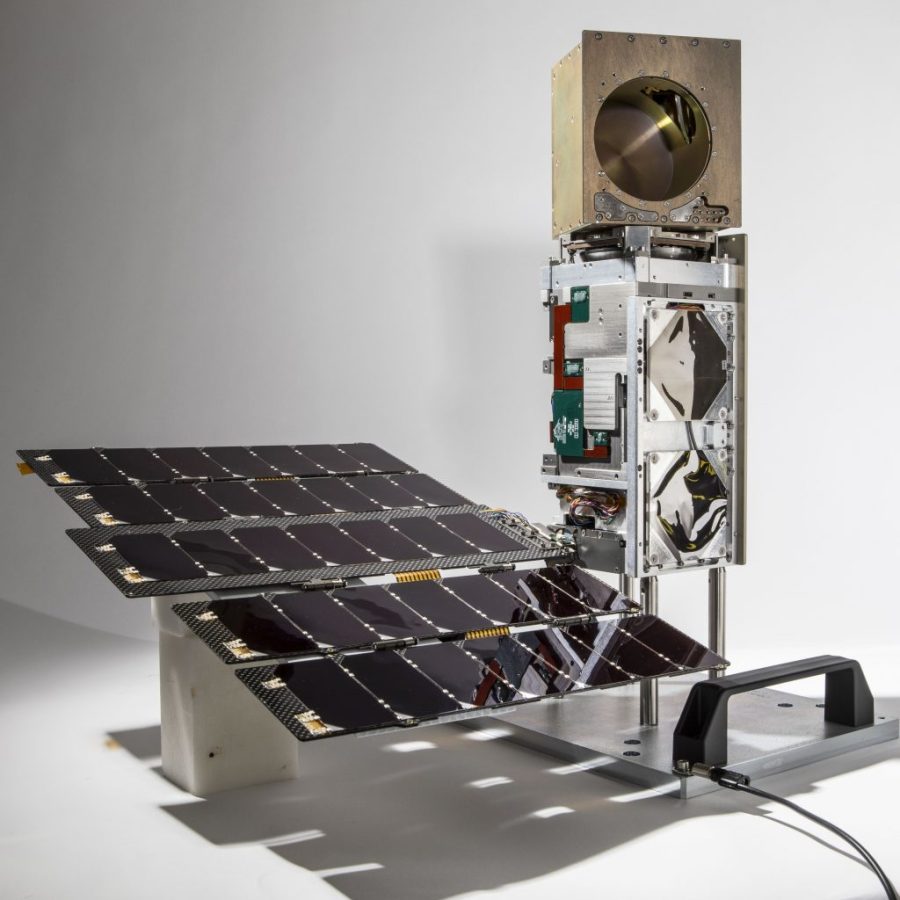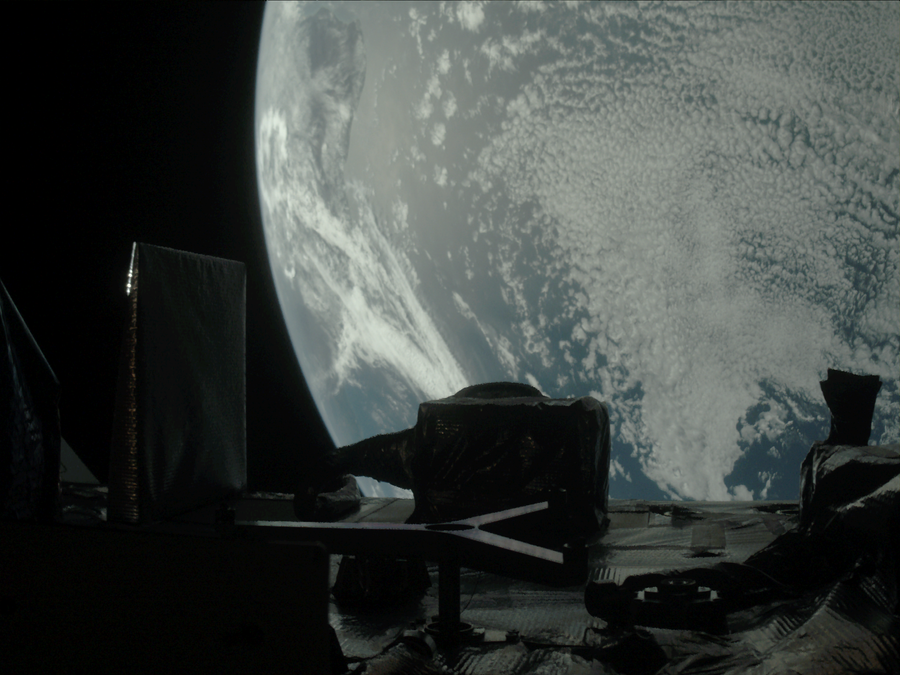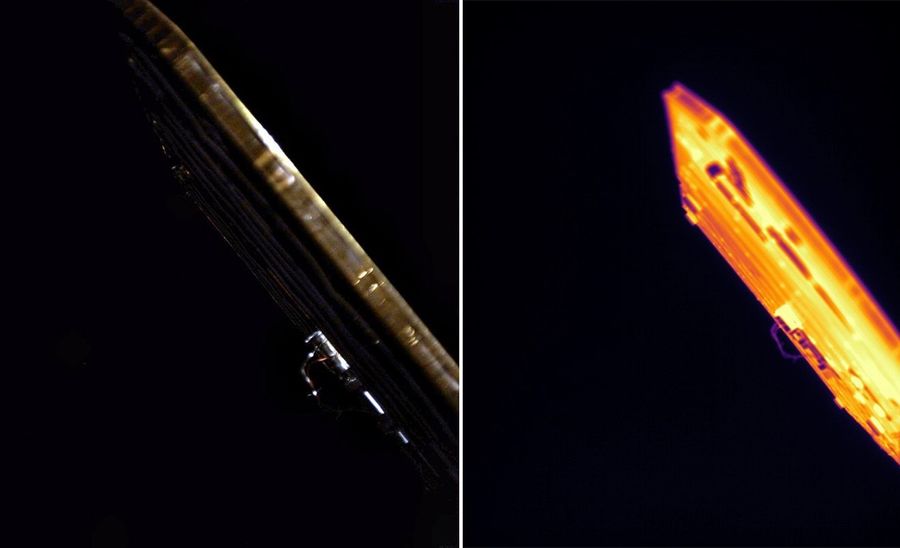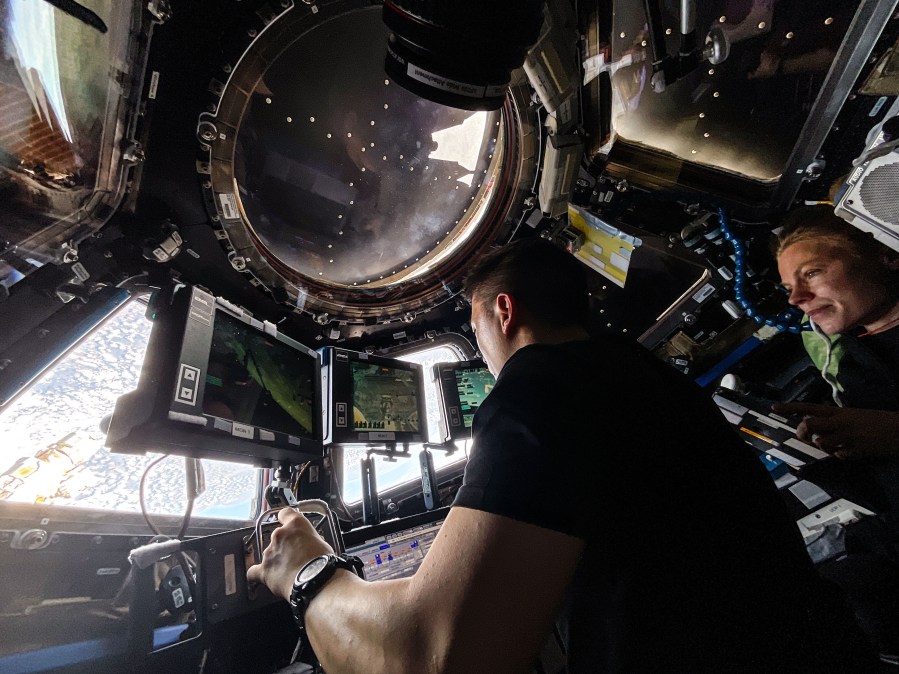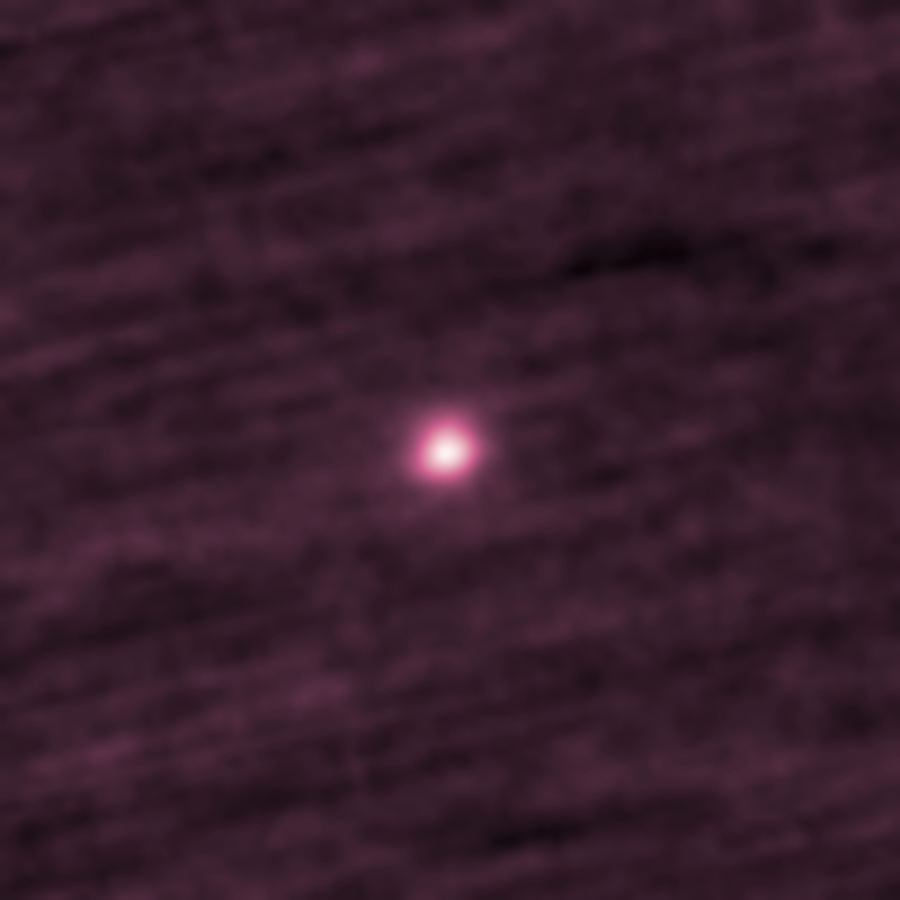High intensity exercising and droplets teeming with particles were the main research topics aboard the International Space Station on Tuesday. The Expedition 73 crew is also preparing to welcome three new crewmates this week while another trio gets ready to return to Earth next month.
Crew Works Wide Variety of Research and Awaits New Arrivals










